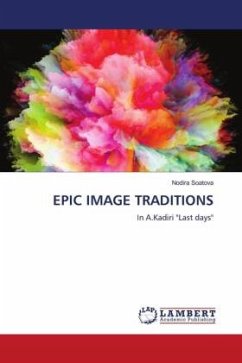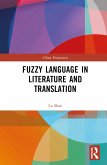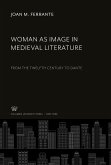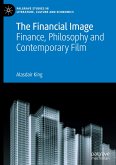The goal of image segmentation is partitioning of an image into a set of disjoint regions with uniform and homogeneous attributes such as intensity, color, tone etc. Image Segmentation plays an important role in a variety of applications like robot vision, object recognition, pattern recognition, image segmentation etc. Real digital Images generally contain unknown noise and considerable uncertainty. Although the Fuzzy C Means (FCM) algorithm functions well on noiseless images but it fails to segment images when corrupted with noise. To overcome this problem this book discussed well-known kernel methods that have been applied for noisy image segmentation. This book analysed the performance of the four algorithms FCM, Kernelized FCM (KFCM), Kernelized Intuitionistic FCM (KIFCM), Kernelized Type-2 FCM (K2FCM) with four synthetic images in noiseless case as well as when the images are corrupted with salt & pepper and Gaussian noise. The four algorithms are studied and analysed both qualitatively and quatitatively.








